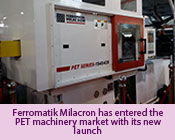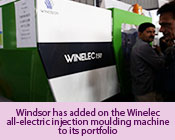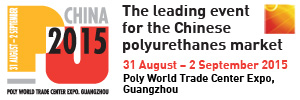
India’s largest plastics show, Plastindia 2015, held in a new venue at the government helipad at Gandhinagar, Gujarat, from 5-10 February, received mixed reviews from exhibitors and visitors alike. Though the spanking new exhibition halls were well received, exhibitors lamented the lack of (or slow) internet, logistics, transportation and accommodation, as well as labour issues in the setting up of booths.
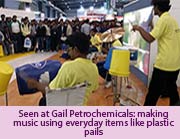
The 9th edition of the show was moved from Delhi’s Pragati Maidan, where it has been held for more than 20 years, to Gujarat last year. The reasons given were that Pragati Maidan was outdated and lacked modern facilities.
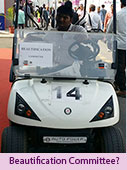
Exhibitors were barely given a few months notice about the move in September last year, which resulted in some exhibitors pulling out (especially the foreign ones) and others downsizing their booths. Nevertheless, the organiser, Plastindia Foundation, said the show, which is held once in three years, opened to a participation of around 1,600 exhibitors from 32 countries. The move of the show was not the issue, said some exhibitors who were interviewed, but the short notice given. Foreigners had to change their flight schedules, while the cost of hotel rooms escalated, practically overnight, once hotel operators realised there was high demand for the rooms.
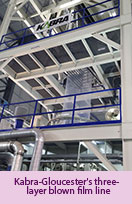
Though Gandhinagar is Gujarat’s new capital city, it is located 30 km from the nearest city with an airport and hotels of international standards ie Ahmedabad. Thus, the scarcity of taxis and private cars for hire from Ahmedabad to Gandhinagar also frustrated the transportation issue further, added to the 1 or 1.5 hour ride to the exhibition centre.
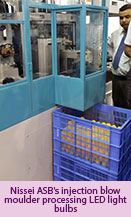
Whether the move was politically motivated, since India's new Prime Minister Narendra Modi was formerly the Chief Minister of Gujarat, it was also undertaken to boost the economic status of Gujarat, said officials of Plastindia.
Subhash Kadakia, President, Plastindia Foundation, announced that a 5% rebate would be given on purchases of machines from Gujarat-based companies; as well as a 3% rebate on purchase of machinery to companies outside the state, during the exhibition period.
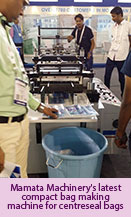
He also said that purchases of raw materials will have further subsidies on VAT and 5% subsidy on the interest on purchase of machinery.
According to Kadakia, "Currently India's per capita plastic consumption is 9.7 kg/year which is likely to triple over next decade. Also plastic consumption in 2013-14 was 10.2 million tonnes and it is likely to cross 17 million tonnes by 2016-17.” India also exports plastics and other products worth US$7.5 billion a year, albeit, making up only 1% of the global share of the market.
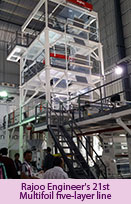
Meanwhile, it remains to be seen if the show attracted quality visitors who are decision makers, said exhibitors. What was observed was that the first three days of the show did attract more local (Indian) visitors than foreigners, said exhibitors. It is expected that 100,000 visitors will visit the five days of the show.

Gujarat does house a majority (60%) of India’s plastics processors, as well as major Indian machinery makers like Rajoo Engineers and Mamata Machinery, hence the influx of local visitors.
Given the response from exhibitors, there is a question mark on the future of Plastindia’s venue: will it stay in Gujarat or move back to Delhi?
The organiser has three years to decide based on the feedback received from the 2015 show, said a Plastindia Foundation official, who declined to be named, adding that there were “teething problems” but they expect the next show in 2018 to have overcome the issues. (PRA)
